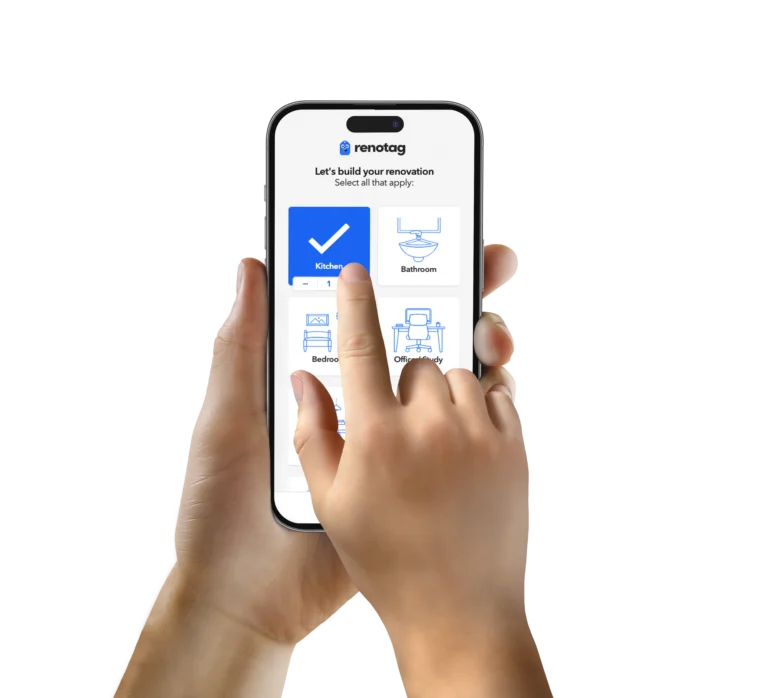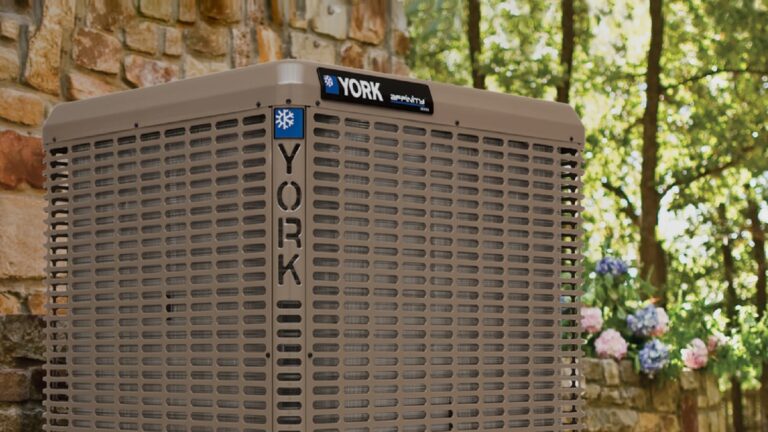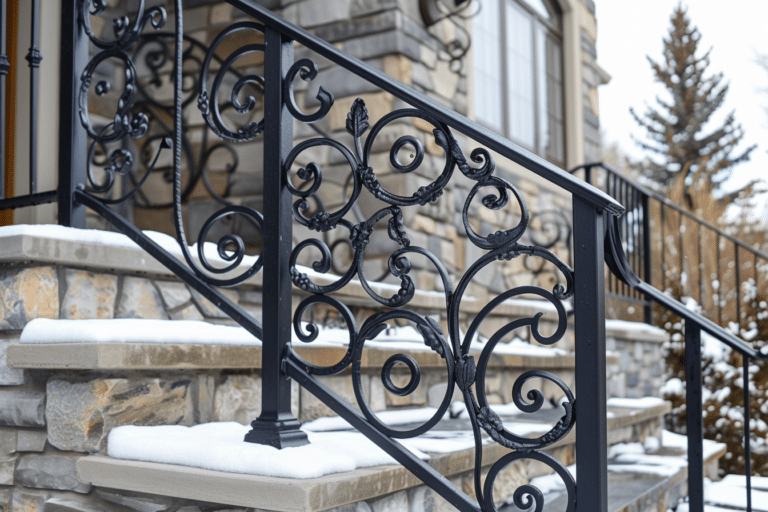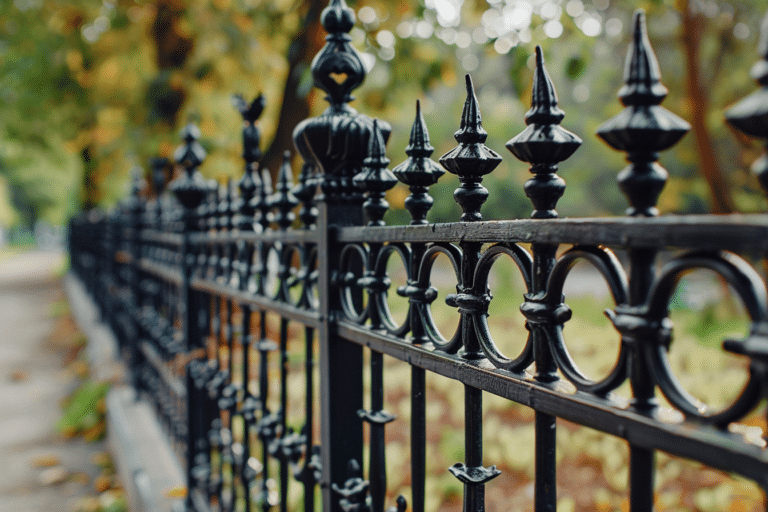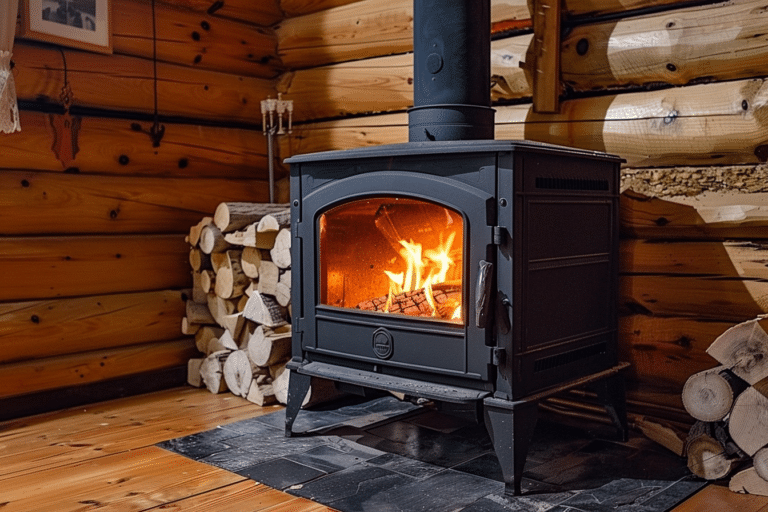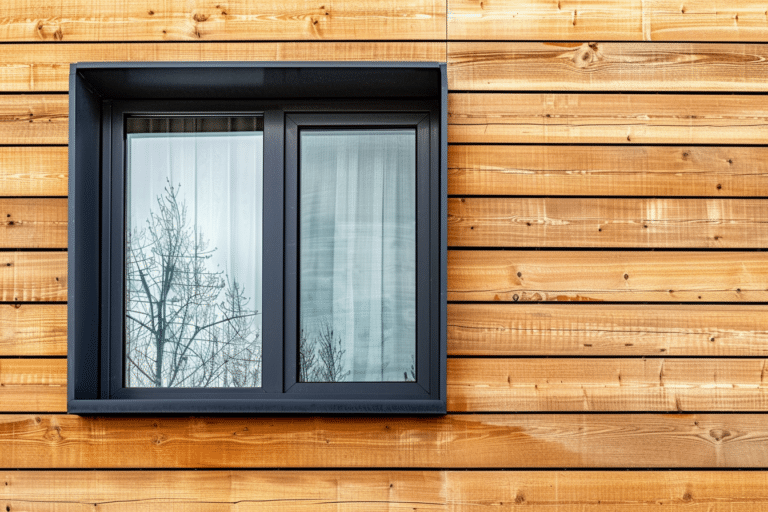Key Takeaways:
- Bump-out additions cost $85 to $200 per square foot on average, with most homeowners spending between $5,000 and $35,000 in total.
- The cost of a bump-out depends on its size, location, and the complexity of the project, with larger and more involved additions costing more.
- Kitchens and bathrooms are the most expensive rooms to bump out due to the need for plumbing and electrical work.
- Labor costs make up a significant portion of the budget, with carpenters, electricians, and plumbers charging $20 to $150 per hour.
- While less expensive than a full addition, bump-outs may have a higher cost per square foot and only increase space in one room.
At Renotag, we understand that sometimes you need just a little more space in your home. A bump-out addition can be a great solution, providing extra square footage without the expense and disruption of a full-scale addition. But how much does a bump-out actually cost? Let’s break it down.
Average bump-out cost
| Average cost of a bump-out addition | |
|---|---|
| National Average Cost | $20,000 |
| Minimum Cost | $1,700 |
| Maximum Cost | $57,000 |
| Average Range | $5,000 to $35,000 |
As you can see, the cost of a bump-out addition varies widely depending on the specifics of the project. On average, you can expect to pay between $85 and $200 per square foot, with most homeowners spending a total of $5,000 to $35,000.
What is a bump-out addition?
A bump-out addition, also known as a micro-addition or pop-out, is a small extension to an existing room that increases its square footage. Unlike a full addition, a bump-out typically extends only a few feet from the house and does not require a new foundation.
Bump-outs are commonly used to add space to kitchens, bathrooms, bedrooms, and other living areas. They can provide room for extra cabinets, appliances, furniture, or just a bit of breathing room in a tight space.
Bump-out cost by size
The size of your bump-out is one of the biggest factors in determining its cost. Here’s a breakdown of common bump-out sizes and their average price range:
| Room size | Average total cost* |
|---|---|
| 2’x10′ | $1,700 — $4,000 |
| 2’x15′ | $2,600 — $6,000 |
| 3’x10′ | $2,600 — $6,000 |
| 3’x15′ | $3,800 — $9,000 |
| 4’x10′ | $3,400 — $8,000 |
| 4’x15′ | $5,100 — $12,000 |
As a general rule, the larger the bump-out, the higher the total cost. However, very small additions may have a higher cost per square foot due to the fixed expenses of the project, such as permits and contractor mobilization.
Cost to bump out a room by type
The type of room you’re expanding can also impact the cost of your bump-out. Some spaces, like kitchens and bathrooms, require more complex work and specialized trades, driving up the price.
Kitchen bump-out
Bumping out a kitchen typically costs $25,000 to $50,000, depending on the size of the addition and the level of finishes. This price includes not only the construction of the bump-out itself but also any necessary electrical, plumbing, and HVAC work, as well as the cost of new cabinets, countertops, appliances, and fixtures.
Kitchen bump-outs are often used to add an eating nook, expand the cooking area, or create space for a center island. They can greatly improve the functionality and value of the home, but they come at a relatively high cost due to the complexity of the work involved.
Bathroom bump-out
The cost to bump out a bathroom ranges from $15,000 to $40,000 on average. As with kitchens, this price includes the construction of the addition as well as any necessary plumbing, electrical, and ventilation work. You’ll also need to budget for new fixtures like the toilet, sink, and shower or tub.
Bathroom bump-outs are a popular way to add space for a double vanity, larger shower, or soaking tub. They can make a cramped bathroom feel more luxurious and functional. However, the need for plumbing and waterproofing makes them one of the more expensive bump-out projects.
Bedroom bump-out
A bedroom bump-out typically costs between $5,000 and $20,000, making it one of the more affordable options. This price includes framing, insulation, drywall, flooring, and finishes, as well as any necessary electrical work for outlets and lighting.
Bedroom bump-outs are often used to add a closet, create space for a larger bed or furniture, or just provide a bit more elbow room. They can be a cost-effective way to make a small bedroom more comfortable and functional.
Garage bump-out
Bumping out a garage costs an average of $3,000 to $15,000. This price includes framing, sheathing, siding, and roofing, as well as any necessary electrical work for outlets and lighting.
Garage bump-outs are commonly used to add storage space or create a workshop area. They can be a relatively affordable way to increase the functionality of your garage without the cost and disruption of a full addition.
Attic bump-out
An attic bump-out, also known as a dormer, costs between $10,000 and $30,000 on average. This price includes framing, insulation, drywall, flooring, and finishes, as well as any necessary electrical and HVAC work.
Attic bump-outs are a popular way to add headroom and usable space to a cramped upper floor. They can transform a dark, low-ceilinged attic into a bright, functional bedroom, office, or living area. However, the need to tie into the existing roof structure and maintain proper ventilation can make them more complex and expensive than other types of bump-outs.
Bump-out cost estimator
In addition to the size and type of your bump-out, there are several other factors that can influence its cost. Let’s take a closer look at some of the major expenses involved.
Labor costs
Labor typically makes up 30% to 50% of the total cost of a bump-out addition. Here’s a breakdown of some of the key trades involved and their average hourly rates:
| Labor type | Average hourly rate |
|---|---|
| Architect cost | $100 — $250 |
| Framing carpenter cost | $20 — $60 |
| Electrician cost | $50 — $130 |
| Plumber cost | $45 — $150 |
The exact labor costs for your project will depend on the complexity of the work, the experience of the contractors, and the prevailing wages in your area. It’s a good idea to get detailed estimates from several contractors before starting your project.
Interior finishing
Once the basic structure of your bump-out is complete, you’ll need to finish the interior to make it a functional living space. Here are some common interior finishing costs:
| Finish type | Average cost* |
|---|---|
| Concrete slab cost | $6 — $12 per square foot |
| New flooring cost | $6 — $10 per square foot |
| Insulation cost | $1 — $5 per square foot |
| Drywall installation cost | $2 — $4 per square foot |
| Room painting cost | $1 — $3 per square foot |
| Electrical wiring cost | $4 — $9 per square foot |
| Interior trim cost | $4– $10 per linear foot |
| New cabinets cost | $250 — $600 per box |
The total cost of interior finishing will depend on the size of your bump-out, the quality of the materials, and the complexity of the installation. Choosing high-end finishes like hardwood floors or custom cabinets will drive up the price, while opting for budget-friendly options can help keep costs down.
Exterior finishing
Don’t forget about the outside of your bump-out! Here are some typical exterior finishing costs:
| Finish type | Average cost* |
|---|---|
| Window installation cost | $500 — $2,000 per window |
| Siding cost | $4 — $13 per square foot |
| New roofing cost | $3 — $6 per square foot |
| Exterior painting cost | $1 — $4 per square foot |
| New landscape installation / planting cost | $15– $45 per square foot |
The exterior finishing costs for your bump-out will depend on the materials you choose and the level of detail involved. For example, installing fiber cement siding and a metal roof will cost more than using vinyl siding and asphalt shingles. Similarly, adding extensive landscaping or hardscaping around your bump-out will drive up the price compared to a simple lawn or garden bed.
Bump-out addition pros and cons
Before you commit to a bump-out addition, it’s important to weigh the potential benefits and drawbacks. Here are some key points to consider:
| Pros | Cons |
|---|---|
| Lower cost than a full room addition | May cost more per square foot than a larger project |
| Improves functionality of a space | Only increases the space in one room |
| Typically does not require electrical or HVAC | May require plumbing and electrical work (bathroom & kitchen bump outs) |
| Increased square footage | Loss of some yard space |
| May not require foundation |
Ultimately, whether a bump-out addition is right for you will depend on your specific needs, budget, and property. It’s a good idea to consult with an architect or contractor to explore your options and get a sense of the potential costs and benefits.
Bump-out addition FAQs
Is a bump-out addition worth it?
Whether a bump-out addition is worth the investment depends on your goals and circumstances. If you need just a little more space in a specific room and don’t want the expense and disruption of a full addition, a bump-out can be a great solution. It can improve the functionality and value of your home without breaking the bank.
However, if you need a significant amount of extra space or want to add multiple rooms, a full addition may be a better choice. You’ll get more bang for your buck in terms of square footage, and the cost per square foot will likely be lower.
It’s also important to consider the potential return on investment. Kitchens and bathrooms tend to have the highest ROI for home improvements, so bumping out these rooms may be a smart financial move. On the other hand, adding a small amount of space to a bedroom or living room may not have as big of an impact on your home’s value.
How long does a bump-out addition take to build?
The timeline for a bump-out addition depends on the size and complexity of the project. A small, simple bump-out may only take a few weeks to complete, while a larger or more involved project could take several months.
Here’s a general breakdown of the process:
- Planning and design: 2-4 weeks
- Permitting: 2-6 weeks
- Site preparation and foundation (if needed): 1-2 weeks
- Framing and exterior work: 1-3 weeks
- Plumbing, electrical, and HVAC: 1-2 weeks
- Insulation and drywall: 1-2 weeks
- Flooring, painting, and trim: 1-2 weeks
Keep in mind that this is just a rough estimate. The actual timeline for your project will depend on factors like the availability of contractors, the weather, and any unexpected issues that arise. It’s a good idea to build some flexibility into your schedule and budget to account for potential delays.
How far can a bump-out addition go?
The size of your bump-out addition will be limited by several factors, including:
- Local zoning regulations and setback requirements
- The size and layout of your property
- The structural capacity of your existing foundation and framing
- Your budget
In general, most bump-outs extend between 2 and 15 feet from the existing house. Larger bump-outs may require a new foundation or significant structural changes, driving up the cost and complexity of the project.
It’s important to work with an architect or contractor to determine the feasible size and placement of your bump-out. They can help you navigate the local building codes and ensure that your addition is safe, legal, and structurally sound.
Getting estimates for a bump-out addition
If you’re considering a bump-out addition, the first step is to get estimates from qualified contractors. Here are some tips for finding and evaluating potential contractors:
- Look for contractors who specialize in additions and have experience with projects similar to yours.
- Ask for referrals from friends, family, or neighbors who have recently completed home renovations.
- Check the contractor’s license, insurance, and references.
- Get detailed, written estimates from at least three contractors.
- Review the estimates carefully and ask questions about anything you don’t understand.
- Don’t automatically go with the lowest bid – make sure you’re comparing apples to apples in terms of the scope of work and quality of materials.
Questions to ask
When interviewing potential contractors, here are some key questions to ask:
- How long have you been in business?
- Are you licensed and insured?
- Can you provide references from past clients?
- What is your experience with bump-out additions?
- How do you handle permits and inspections?
- What is your estimated timeline for the project?
- What is your payment schedule?
- How do you handle change orders and unexpected issues?
- What kind of warranty do you offer on your work?
Getting detailed answers to these questions can help you feel confident in your choice of contractor and ensure a smoother, more successful project.
A bump-out addition can be a great way to add a little extra space and functionality to your home without the cost and disruption of a full-scale renovation. By understanding the factors that influence the cost and working with a qualified contractor, you can create a budget and plan that works for your needs and goals.
At Renotag, we’re here to help you navigate the home improvement process with confidence. Check out our other cost guides for more tips and insights on planning and budgeting for your next project.
